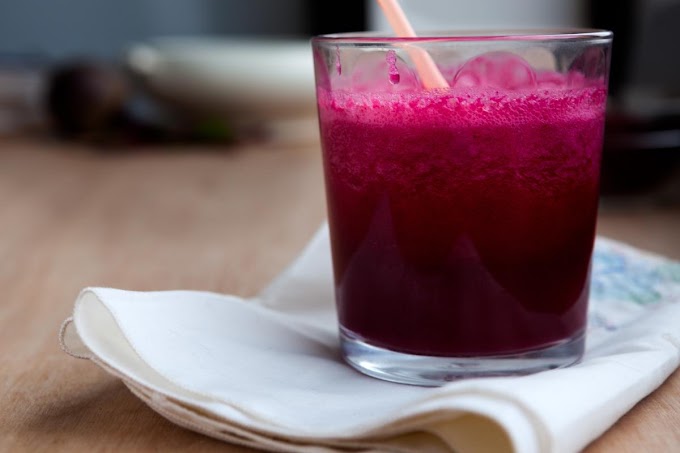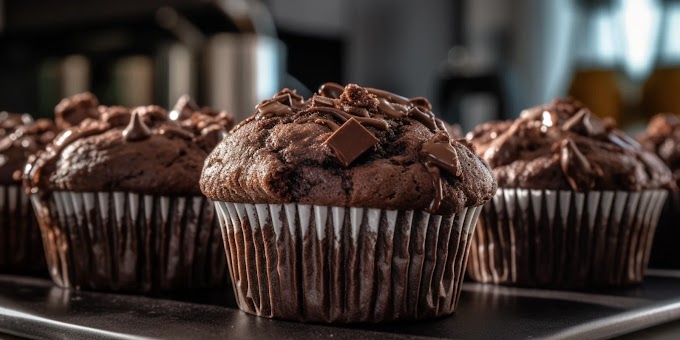Why Cook Broccoli Without a Steamer?
Steaming is often preferred because it preserves the vegetable's nutrients, color, and texture. However, not everyone owns a steamer, and sometimes you might find yourself without access to one. The good news is that there are other methods to cook broccoli that can achieve similar, if not better, results. These methods also offer a variety of flavors and textures, depending on how you like your broccoli.
Method 1: Boiling
Boiling is one of the simplest ways to cook broccoli without a steamer. This method is quick and easy, though it requires some attention to avoid overcooking the broccoli, which can cause it to become mushy and lose its bright green color.
Steps to Boil Broccoli:
Prepare the Broccoli: Start by washing the broccoli thoroughly under cold water. Cut the florets into bite-sized pieces and, if desired, peel and slice the stems for added texture.
Boil the Water: Fill a large pot with water and add a pinch of salt. Bring the water to a rolling boil over high heat.
Cook the Broccoli: Once the water is boiling, carefully add the broccoli florets and stems to the pot. Cook for 2-4 minutes, depending on how tender you want your broccoli. For a crisp-tender texture, aim for the lower end of the time range.
Drain and Serve: Immediately drain the broccoli using a colander and run it under cold water to stop the cooking process and preserve the color. Serve with a drizzle of olive oil, a squeeze of lemon juice, or your favorite seasoning.
Tips: If you want to retain more nutrients, use the boiling water to make a quick vegetable broth by adding some other vegetables or herbs before boiling the broccoli.
Method 2: Microwaving
Microwaving is another convenient method for cooking broccoli without a steamer. It's a great option for those who are short on time or want to avoid using the stovetop.
Steps to Microwave Broccoli:
Prepare the Broccoli: Wash the broccoli and cut it into florets. You can also slice the stems if you wish to include them.
Add Water: Place the broccoli in a microwave-safe dish with a lid. Add about 2-3 tablespoons of water to the dish. The water will create steam as it heats, cooking the broccoli evenly.
Microwave: Cover the dish with the lid, leaving a small gap to allow steam to escape. Microwave on high for 3-4 minutes, depending on the quantity and your desired level of doneness.
Check and Serve: Carefully remove the dish from the microwave (it will be hot!). Check the broccoli's tenderness with a fork. If it's not cooked to your liking, microwave for another minute. Serve with your preferred seasoning.
Tips: Microwaving can sometimes cause uneven cooking, so it’s important to stir the broccoli halfway through the cooking time for consistent results.
Method 3: Sautéing
Sautéing broccoli is a method that brings out the vegetable's natural sweetness while adding a bit of caramelization. This method is perfect for those who enjoy a slightly crisp texture with a rich flavor.
Steps to Sauté Broccoli:
Prepare the Broccoli: After washing, cut the broccoli into small florets and slice the stems if desired.
Heat the Pan: Heat a tablespoon of olive oil or butter in a large skillet over medium-high heat.
Sauté the Broccoli: Add the broccoli to the skillet and toss to coat with the oil or butter. Cook for 5-7 minutes, stirring occasionally. The broccoli should develop a slight char and soften without becoming mushy.
Add Seasoning: Season with salt, pepper, garlic, or other herbs and spices of your choice. You can also add a splash of soy sauce, lemon juice, or balsamic vinegar for extra flavor.
Serve: Once the broccoli is tender and lightly browned, remove it from the heat and serve immediately.
Tips: To prevent burning, you can add a splash of water or broth to the pan halfway through cooking. This will help to steam the broccoli while it sautés, ensuring even cooking.
Method 4: Roasting
Roasting broccoli is an excellent method for those who enjoy a deep, rich flavor with crispy edges. This technique uses dry heat to bring out the vegetable's natural sweetness while giving it a satisfying crunch.
Steps to Roast Broccoli:
Preheat the Oven: Set your oven to 425°F (220°C) and allow it to preheat while you prepare the broccoli.
Prepare the Broccoli: Wash the broccoli and cut it into even-sized florets. Toss the florets with olive oil, salt, pepper, and any other seasonings you like, such as garlic powder, paprika, or Parmesan cheese.
Arrange on a Baking Sheet: Spread the broccoli out in a single layer on a baking sheet lined with parchment paper. Make sure the florets aren’t too crowded, as this will help them roast evenly and develop crispy edges.
Roast: Place the baking sheet in the preheated oven and roast for 20-25 minutes, stirring halfway through. The broccoli should be tender with golden-brown edges.
Serve: Once roasted, remove the broccoli from the oven and serve immediately. You can add a squeeze of lemon juice or a drizzle of balsamic glaze for an extra burst of flavor.
Tips: Roasted broccoli pairs well with a variety of dishes, from pasta to grilled meats, and can also be enjoyed on its own as a snack.
Method 5: Blanching
Blanching is a method that involves briefly boiling the broccoli and then plunging it into ice water to stop the cooking process. This technique is great for preparing broccoli ahead of time or for adding to salads and other cold dishes.
Steps to Blanch Broccoli:
Prepare the Broccoli: Cut the washed broccoli into florets and slice the stems if desired.
Boil the Water: Bring a large pot of salted water to a boil.
Blanch the Broccoli: Add the broccoli to the boiling water and cook for 2-3 minutes, just until the color brightens and the broccoli is crisp-tender.
Ice Bath: Immediately transfer the broccoli to a bowl of ice water to halt the cooking process. Leave it in the ice water for a few minutes, then drain thoroughly.
Use or Store: The blanched broccoli is now ready to use in salads, stir-fries, or as a side dish. It can also be stored in the refrigerator for up to 3 days.
Tips: Blanching is an excellent method for maintaining the broccoli's color and crunch, especially if you plan to use it in cold dishes.
Conclusion
Cooking broccoli without a steamer is easy and offers plenty of options to suit your taste preferences. Whether you prefer the quickness of boiling or microwaving, the rich flavor of roasting, or the light crispiness of sautéing, these methods ensure that you can enjoy perfectly cooked broccoli any time. Experiment with these techniques to find your favorite way to prepare this nutritious vegetable.








Social Plugin